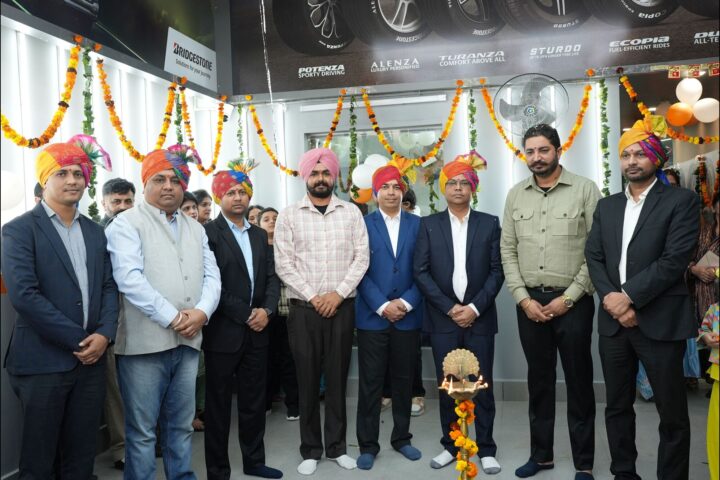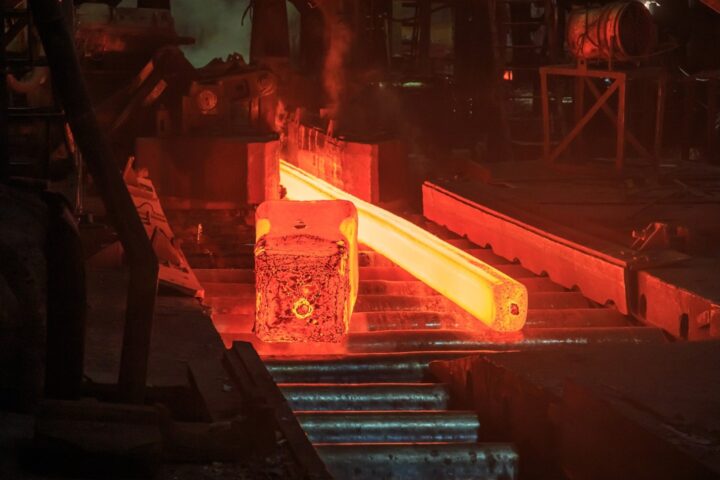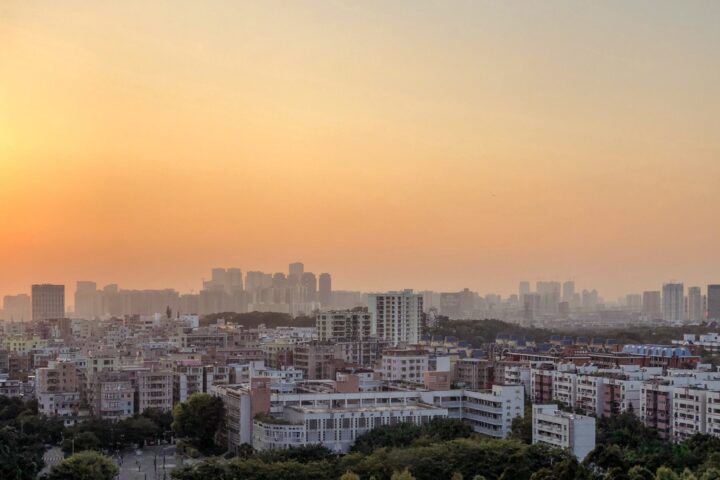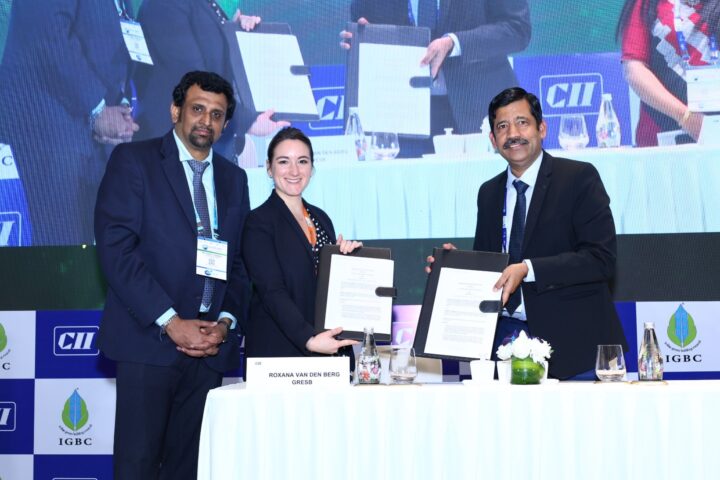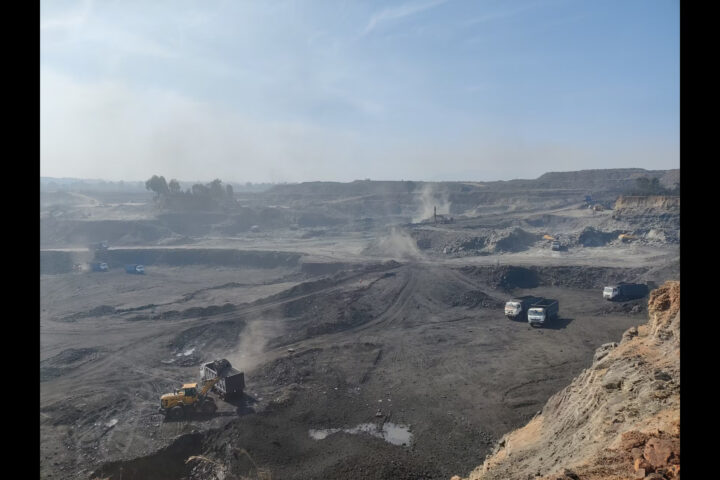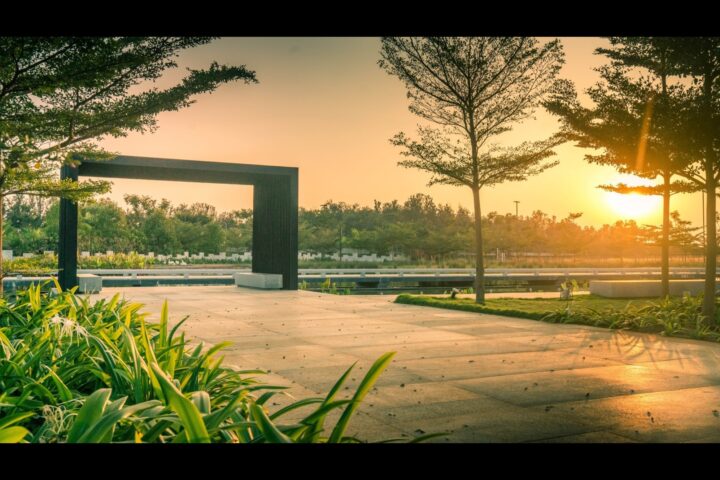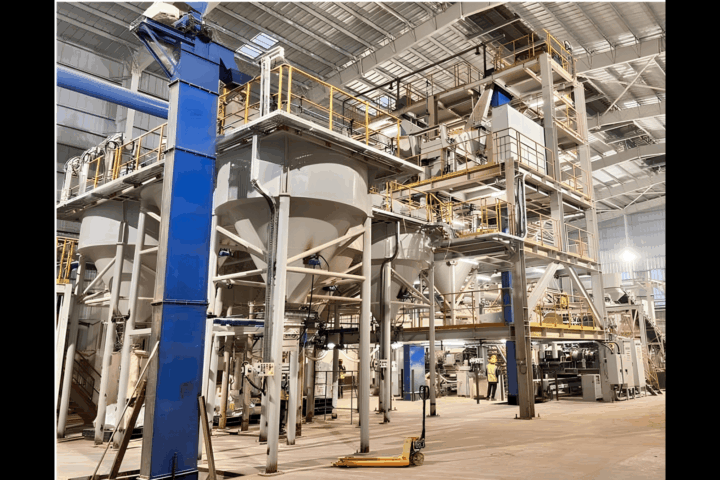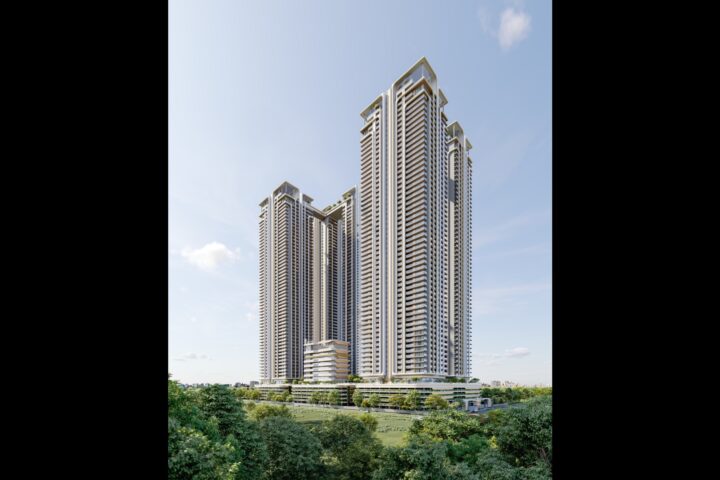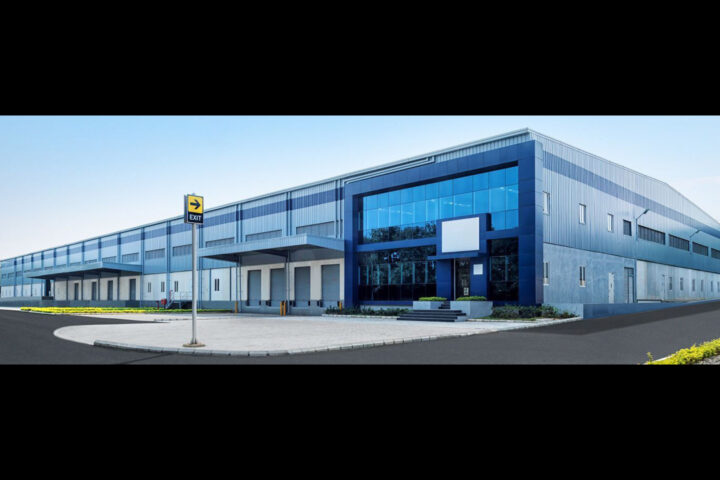We consistently align our developments with core green building standards to ensure we’re creating future-ready, environmentally responsible infrastructure
How is the market for warehouses shaping up in India, particularly in terms of demand, client expectations, and regional growth?
The warehousing sector in India is growing at a remarkable pace. A lot of this momentum is being driven by the surge in e-commerce, the expansion of 3PL players, stronger manufacturing activity, and policy initiatives like Gati Shakti and the National Logistics Policy. Today, clients are looking for much more than just storage space. They expect Grade A infrastructure, technology integration, sustainability features, and strategic locations that bring them closer to key consumption markets. When it comes to regional growth, traditional hubs like NCR, Mumbai, Bengaluru, Chennai, and Kolkata continue to dominate, but we’re also seeing exciting developments in emerging markets like Lucknow, Coimbatore, Jaipur, Guwahati, Ahmedabad and Bhubaneswar. These newer corridors are becoming increasingly important as businesses expand their reach across India.
How do you identify strategic locations for your warehousing parks? What are the top three factors that influence your site selection?
Choosing the right location is critical to how we build and grow. When we evaluate sites for our warehousing parks, we really focus on three main aspects. First is connectivity – good access to highways, seaports, airports, and rail networks is non-negotiable for smooth logistics operations. Second is proximity to key markets, which is being close to major consumption and production centres helps our clients move goods faster and manage costs better. And third is infrastructure readiness, we look for land with clear titles, strong utilities, and where local policies are supportive of business growth. When you get these three pieces right, you’re not just creating warehouses but building ecosystems that help businesses thrive.
What is your current footprint across India, and are there any upcoming projects in Tier 2 or Tier 3 cities?
We currently have a strong presence in key logistics hubs across the country including Mumbai (Panvel), Delhi NCR (Pathredi and Silani), Chennai (Polivakkam), Kolkata (Dankuni), and in Andhra Pradesh (Penukonda). As we look ahead, we’re actively exploring opportunities in emerging Tier 2 and Tier 3 cities such as Lucknow, Coimbatore, Dahej, and Dahanu. These markets are becoming increasingly important, driven by growing regional consumption, port-led development, and a broader push toward industrial diversification. We see a lot of potential in these locations as the next phase of logistics growth in India takes shape.
We’re seeing a noticeable shift in client preference from ready-to-use spaces to built-to-suit warehouses. What’s driving this change, and how is your company responding to it?
There’s definitely a growing preference for built-to-suit (BTS) solutions, and it’s being driven by clients looking for greater operational efficiency, tailored infrastructure, and future-ready supply chains. Off-the-shelf spaces often fall short when it comes to meeting specific process flows, automation needs, or expansion plans. We’ve responded by offering flexible BTS models that are not only customized to our clients’ exact requirements but also come with faster go-to-market timelines. It’s about creating spaces that work smarter for each business, both today and as they scale.
How do you approach partnerships – with global investors, e-commerce players, or 3PLs – to scale your parks?
We see partnerships as a strategic lever for sustainable growth. Our approach is rooted in deep collaboration with end users whether it’s e-commerce players, 3PLs, or large-format retailers to truly understand their supply chain priorities and deliver warehousing solutions that are built around their needs. We also actively engage with local industrial associations, logistics enablers, and infrastructure partners to strengthen our regional presence and unlock new market opportunities. While we’re open to investment-led partnerships, our core focus is on operational collaborations that create long-term value and help us scale with purpose.
What sustainability features have you incorporated into your warehouses to align with ESG goals?
We’re deeply committed to integrating ESG principles into the way we build and operate our parks. Sustainability isn’t just a checkbox for us — it’s embedded into our design philosophy and day-to-day execution. Our warehouses incorporate key features like solar rooftop panels, rainwater harvesting systems, energy-efficient LED lighting, and sewage treatment plants (STPs). We also focus heavily on passive design elements such as natural lighting, ventilation, and thermal efficiency to reduce overall energy consumption. While we haven’t formally pursued IGBC certification yet, we consistently align our developments with core green building standards to ensure we’re creating future-ready, environmentally responsible infrastructure.
As technology becomes a key differentiator in warehousing, how are you leveraging automation and digital solutions to add value?
While we haven’t deployed automation technologies in our facilities just yet, we’re closely tracking industry advancements and actively planning for their integration. All our parks are being developed with the infrastructure and design flexibility to support future adoption of automation, IoT, and centralized building management systems. As client expectations evolve, we want to ensure our assets are ready to accommodate the next generation of tech-enabled logistics. It's about building with foresight, so we can seamlessly adapt to what tomorrow demands.
What impact have the National Logistics Policy and Gati Shakti initiative had on warehousing infrastructure, and what additional policies are needed to drive sector growth?
The National Logistics Policy and Gati Shakti initiative have been true game changers for the sector. They’ve helped streamline multimodal connectivity and unlocked infrastructure investments across the country, making it easier to plan and execute large-scale warehousing projects. That said, there’s still room to further accelerate growth. Simplifying land acquisition norms, expediting environmental clearances, and introducing a single-window approval system would go a long way in reducing project timelines. Additionally, the creation of a dedicated department within the ministry to focus specifically on logistics and industrial park development could provide the sector with the focused support it needs to scale efficiently.
What are the challenges facing the warehousing sector in India? Which sectors are currently driving demand for warehousing in India?
The warehousing sector in India is evolving rapidly, but it does come with its share of challenges. Land aggregation remains complex, construction costs are on the rise, regulatory approvals often take time, and there’s a growing need for skilled manpower especially when it comes to managing tech-enabled and advanced warehousing operations. On the demand side, we’re seeing strong momentum from sectors like e-commerce, FMCG, retail, chemicals, pharmaceuticals, and increasingly from EV and automobile manufacturing. These industries are pushing for more agile, scalable, and strategically located warehousing solutions across the country.
How do you see the Indian warehousing sector evolving over the next 5–10 years? What role do you see your company playing in that transformation?
Over the next decade, we expect India’s warehousing sector to evolve rapidly—with a strong shift toward Grade A+, tech-enabled, and sustainable infrastructure. Tier 2 and Tier 3 cities will play a much bigger role as consumption patterns deepen across the country. We’re positioning ourselves to be at the forefront of this transformation. Our focus is on scaling high-quality warehousing footprints, embedding green practices from the ground up, and delivering solutions that are truly aligned with our clients’ evolving supply chain needs. We see ourselves not just as builders of warehouses, but as partners in long-term growth and efficiency.








